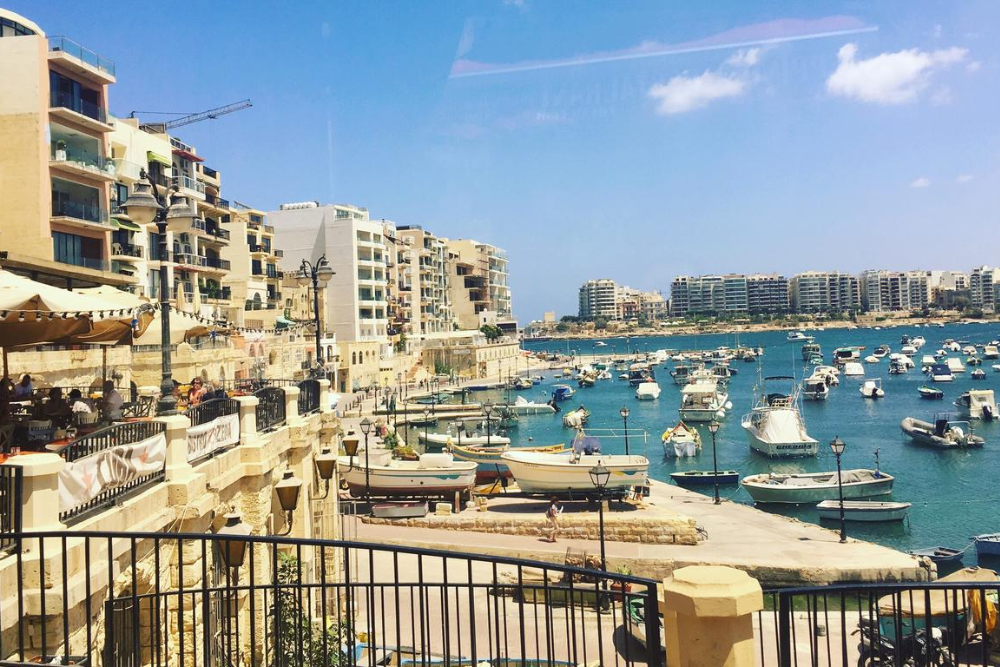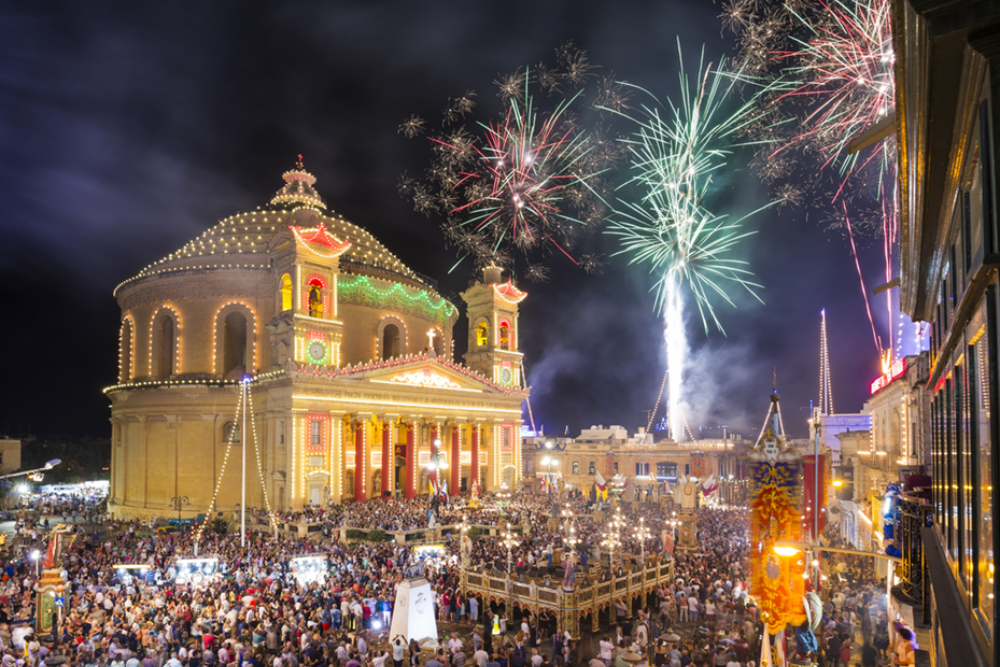Introduction
Birkirkara is one of the biggest and most crowded towns in Malta, situated in the focal area of the island. It is known for its rich history, lively culture, and design tourist spots. The town includes a blend of current conveniences and verifiable locales, including the great St. Helen’s Basilica, one of Malta’s most huge holy places, and different extravagant structures. Birkirkara additionally flaunts a clamoring town focus, a scope of shops, bistros, and green spaces like the Birkirkara Valley Park. Its focal area makes it a significant center for the two inhabitants and guests going around Malta.
St. Helen’s Basilica

- This stunning Baroque church is one of the main attractions in Birkirkara, known for its beautiful architecture and rich religious history. The annual feast of St. Helen, held in August, is a vibrant local celebration featuring a procession and fireworks.
Wignacourt Aqueduct
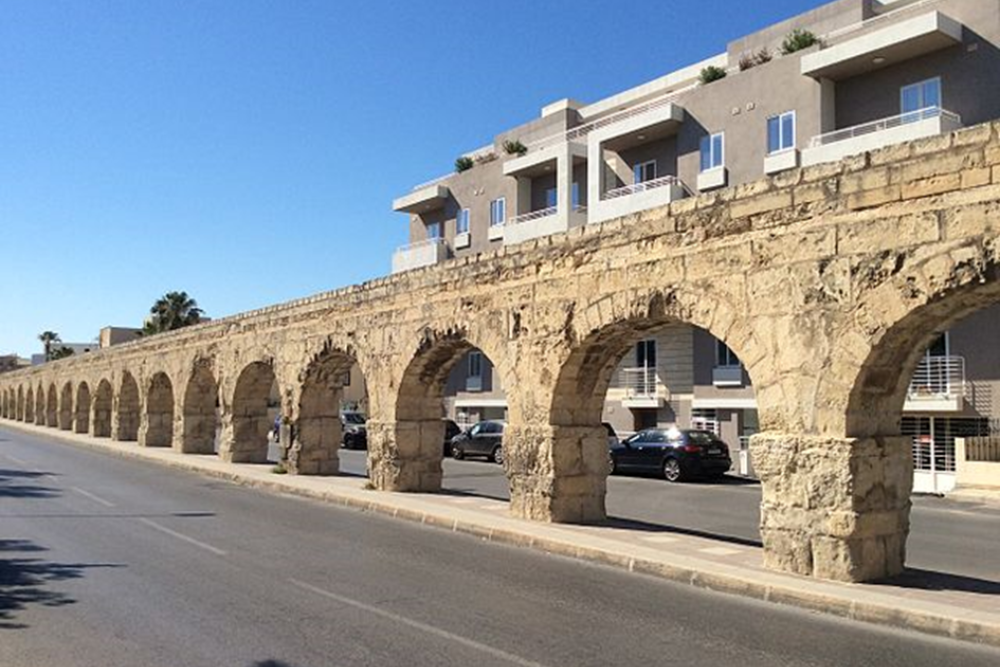
- Built in the 17th century to carry water from nearby springs to Valletta, this historic aqueduct is an important symbol of Malta’s engineering history. Sections of the aqueduct can still be seen in Birkirkara, offering a glimpse into the island’s past.
Old Railway Station
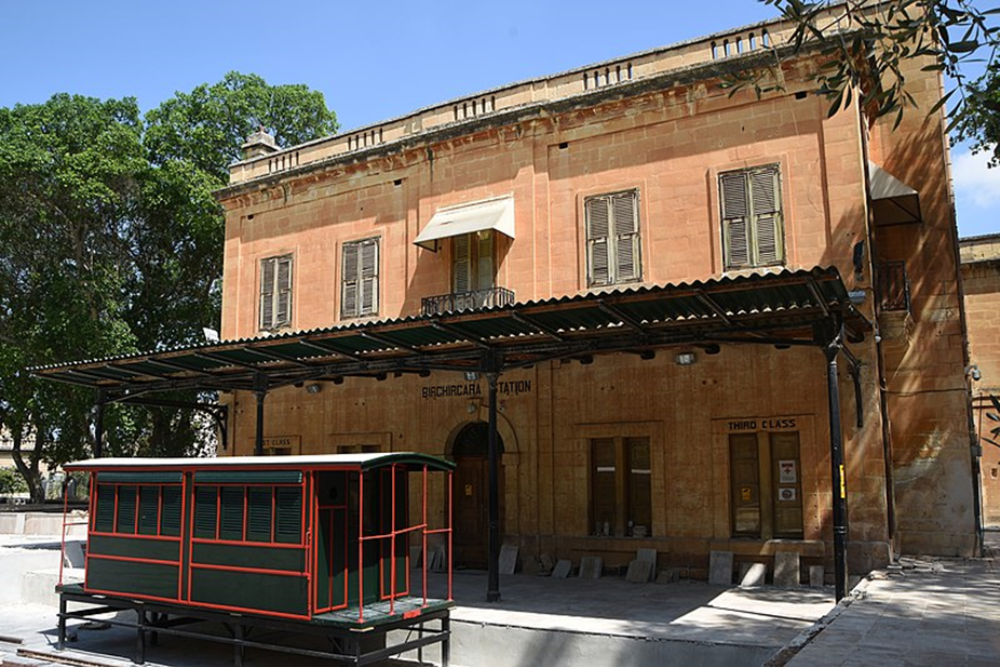
- Once part of Malta’s railway system, which was operational in the late 19th and early 20th centuries, the old Birkirkara station has been converted into a picturesque garden. It’s a quiet place for a stroll or to learn about Malta’s short-lived train history.
Birkirkara Valley Park
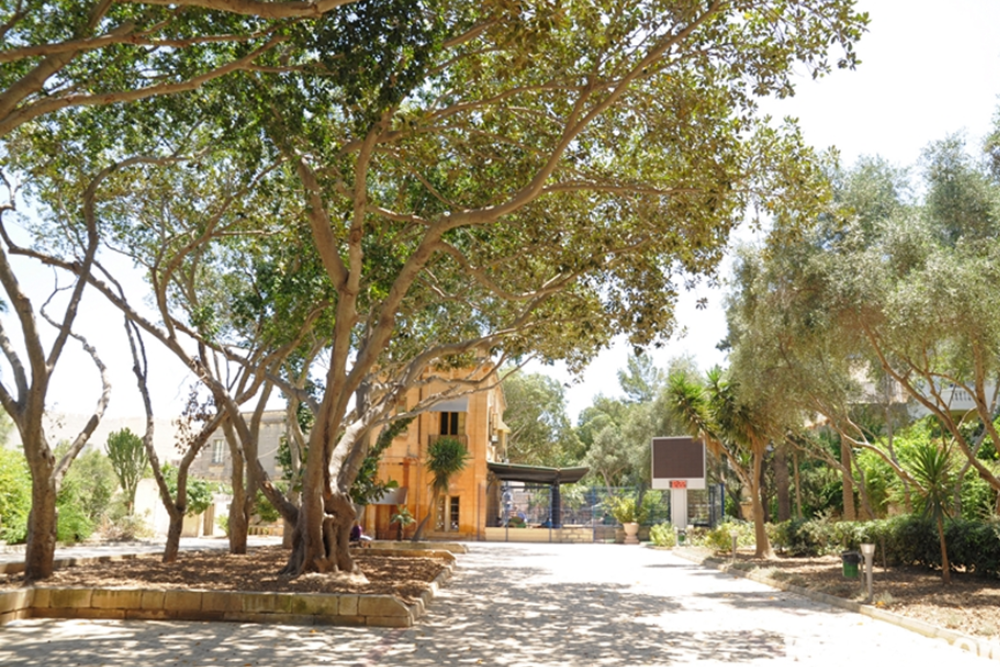
- A green space that offers a break from the urban surroundings, Birkirkara Valley Park is ideal for a leisurely walk, jogging, or enjoying time with family. There are playgrounds for kids, and it’s a peaceful spot for nature lovers.
Local Markets and Shops
- Birkirkara’s town center has bustling markets, cafés, and local shops, perfect for immersing yourself in Maltese daily life. The narrow streets and squares are full of charm and ideal for a relaxed exploration of the town.
Walking and Cycling Tours
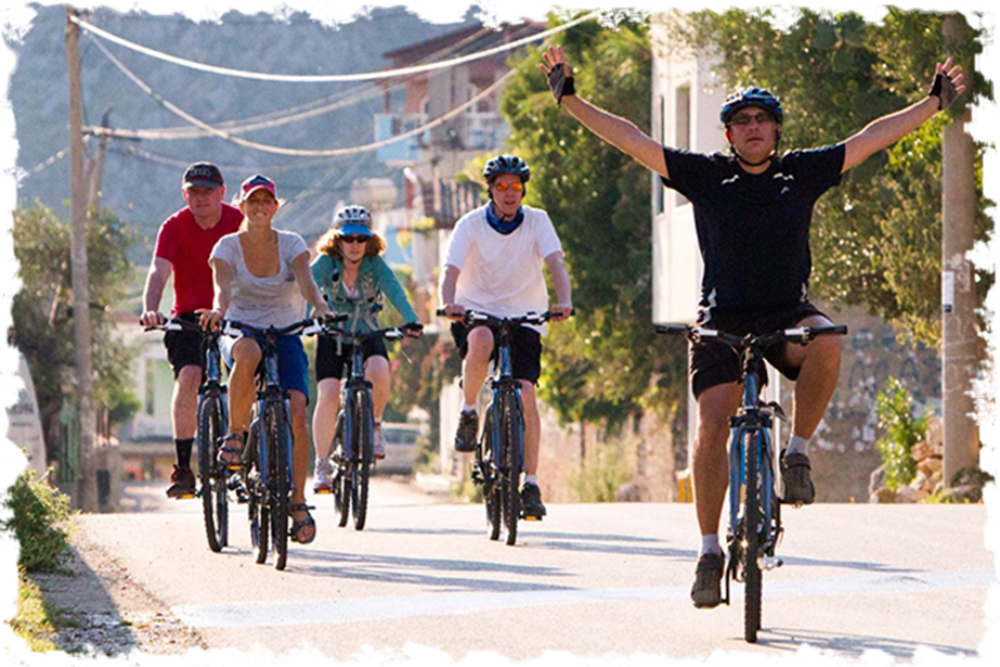
- Explore Historic Trails: Embark on a self-guided walking or cycling tour around Birkirkara to uncover its hidden gems. You can visit landmarks such as St. Helen’s Basilica, the Wignacourt Aqueduct, and the Old Railway Station. As you explore, take in the architecture, visit local cafés, and experience authentic Maltese life.
- Night Tours: Discover Birkirkara’s historical spots illuminated at night. The streets take on a special charm after dark, and you’ll get to see local life after hours.
Food Adventure: Local Street Eats and Markets
- Birkirkara’s markets and eateries are an adventure in themselves. Embark on a food tour by sampling local Maltese street food like pastizzi (savory pastries) or ftira (Maltese bread) in local bakeries. Exploring the fresh produce markets is also a great way to discover the flavors of Malta.
- Cafe Hopping: Experience the local cafe culture by visiting various coffee shops and eateries scattered around Birkirkara. You can sample traditional Maltese pastries, local snacks, and coffee while enjoying the lively atmosphere.
Festivals and Events
- If you visit during festival times (such as St. Helen’s Feast in August), you can participate in local celebrations. Enjoy the vibrant processions, traditional band marches, and fireworks. Being part of these festivities offers an immersive cultural adventure.
Dos and Don’ts in Birkirkara
When visiting Birkirkara, understanding the local customs and etiquette will help you have a respectful and enjoyable experience. Here are some dos and don’ts to keep in mind:
Dos
- Do dress respectfully in religious sites
- While visiting places like St. Helen’s Basilica or other temples, it’s critical to unassumingly dress. Cover your shoulders and knees keeping in mind the consecrated spaces.
- Do greet people politely
- Maltese individuals are for the most part warm and inviting. A basic “hi” (or “Bongu” in Maltese) goes quite far. On the off chance that you’re meeting somebody officially, shaking hands is the standard.
- Do explore local food and markets
- Birkirkara has a few nearby business sectors and pastry kitchens. Attempt customary Maltese deals with like pastizzi or visit a bistro for neighborhood dishes. Supporting little, family-run organizations is valued.
Don’ts
- Don’t be loud or disruptive in religious places
- Temples are still a lot of spots of love in Malta, so stay away from clearly discussions, taking photographs during administrations, or acting in a way that should have been visible as impolite.
- Don’t litter
- Birkirkara, similar to quite a bit of Malta, invests wholeheartedly in its neatness. Utilize assigned containers, and assist with keeping public regions like parks and verifiable destinations clean.
- Don’t ignore local customs during festivals
- While neighborhood celebrations are enthusiastic, they are likewise strict in nature. On the off chance that you go to a parade or occasion, recognize the customs, and stay away from conduct that should have been visible as troublesome or ill bred.
Best time to reach in Birkirkara
The best time to visit Birkirkara, and Malta in general, depends on your preferences for weather, activities, and crowd levels. Here’s a breakdown of the ideal times based on different factors:
1. Spring (March to May)
- Charming temperatures going from 15°C to 24°C (59°F to 75°F), making it ideal for open air exercises and touring.
- Less vacationers contrasted with the midyear months, so you can investigate Birkirkara’s attractions all the more calmly.
- Easter is generally celebrated in Malta, with parades and celebrations that can offer an exceptional social encounter.
2. Summer (June to August)
- Sweltering and bright, with temperatures going from 25°C to 35°C (77°F to 95°F). Incredible for ocean side exercises, yet touring can be more difficult.
- This is top vacationer season, so anticipate more guests and swarmed attractions.
- St. Helen’s Gala (around August) is a significant occasion in Birkirkara. If you have any desire to encounter conventional Maltese festivals with firecrackers and parades, this is an ideal opportunity to visit.
3. Autumn (September to November)
- Like spring, with temperatures between 20°C to 28°C (68°F to 82°F), making it an agreeable opportunity to investigate.
- Less vacationers than in summer, yet at the same time an enthusiastic climate.
- Different strict and social celebrations go on through September, and the weather conditions is still warm enough for some ocean side visits.
4. Winter (December to February)
- Gentle, with temperatures between 10°C to 17°C (50°F to 63°F). It’s cooler however seldom cold, and there’s additional downpour, particularly in December and January.
- Not very many vacationers, so you can partake in a calm and more real nearby experience.
- Christmas and New Year festivities are well known in Malta, and you’ll get to see the neighborhood occasion customs.



